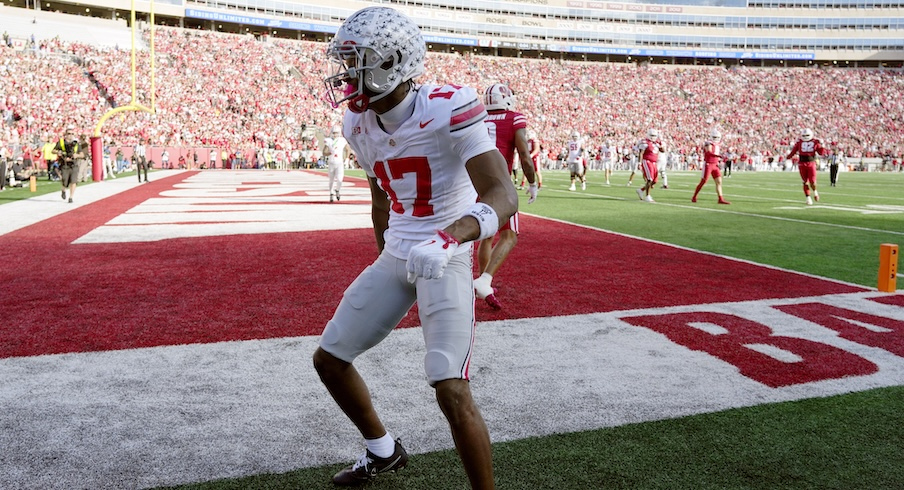SEPTA’s austerity version is set to launch in the early hours of Sunday, Aug. 24.
The following Monday morning, the enormity of a 20% cut in transit service and a big fare increase will hit most SEPTA riders for the first time, including thousands of Philadelphia students on their first day of school.
SEPTA warns of possible overcrowding on buses, leading to more bypassed stops. Reduced subway and trolley runs could bring crush-level crowds. Buses, subways, trolleys, and Regional Rail trains would come less frequently during off-peak times.
SEPTA has a $213 million operating deficit for the 2026 fiscal year, which began July 1.
Some details could change. General manager Scott A. Sauer has said SEPTA in early August will post and print timetables that reflect the first set of cuts.
Here’s what we know so far:
SEPTA says it will raise fares 21.5% across the board on all its services, including weekly and monthly passes. The one-way base price is set to rise from $2.50 to $2.90.
Leaders of the Republican majority in the state Senate, many of them skeptical about raising mass-transit funding, have said SEPTA should help itself with higher fare revenue.
The vast bus network, which carries more passengers than any other SEPTA service, would see some of the biggest cuts.
In all, 32 bus routes are scheduled to be eliminated. They are routes 1, 8, 12, 19, 30, 31, 35, 47M, 50, 62, 73, 78, 80, 88, 89, 91, 106, 120, 126, 133, 150, 201, 204, 206, 311, 452, 461, 462, 476, 478, 484, and BLVDDIR.
Also being cut are special routes, such as the Mann Loop for concerts at the Mann Center in Fairmount Park, as well as those for sports and other events.
Routes will be shortened on 16 bus lines: 2, 3, 5, 7, 9, 17, 27, 43, 61, 84, 115, 124, 125, 433, 441, and 495.
On the remaining routes the time between buses, known as headways, would lengthen, particularly during the midday hours. That means fewer trips and fewer buses running each route.
Buses currently scheduled to run at 10-minute intervals in the midday would instead arrive every 15 minutes. Twenty-minute headways would turn into 30 minutes. Routes with midday intervals of 40, 45, 50, and 60 minutes would remain the same.
» READ MORE: A day on SEPTA’s 31 bus, one of dozens that may soon be cut
A normal schedule would have 1,414 weekly trips spread across SEPTA’s 13 Regional Rail lines, SEPTA says. That is close to the current levels.
Service would drop to 960 weekly trips under the reduced schedule, about one-third fewer.
Most midday riders during the workweek will see intervals between Regional Rail trains increase from one hour to two hours.
Some peak-travel trips may be cut, but planners have tried to preserve as many of those as possible, spokesperson Andrew Busch said. That means midday trips were cut significantly.
The Airport line would change from half-hour to hourly service throughout the day.
Market-Frankford and Broad Street Lines
Fewer trains would run during midday periods.
On the El, trains would be scheduled to arrive every eight minutes in the midday, vs. the current six minutes.
BSL trains would arrive every nine minutes, compared with the current seven-minute intervals.
Headways for the T2 (Route 34), T3 (Route 13), and T5 (Route 36) trolleys would be increased to every 15 minutes, from 10 minutes, in the midday hours.
The midday frequency of trolleys on T1 (formerly Route 10) and T4 (formerly Route 11) would drop to every 12 minutes from 10 minutes.
The two trolley lines in Delco (new designation D) would see 25-minute headways, up from 20, during the midday.
The G line (a.k.a. the Route 15) would continue to run along Girard Avenue after Aug. 24, with the same mix of restored 1947 cream-and-green trolleys and buses that it uses now.
But its midday frequency would decrease to every 10 minutes from eight minutes. If proposed deeper Jan. 1 cuts are necessary, the G (15) would be served entirely by buses, SEPTA says.
Last, but not least in the eyes of fans, the light-rail Norristown High Speed Line (to become M) will keep its rate of 15 minutes between trips.

SEPTA says it must make the service cuts and hike fares because the state has underfunded it and other transit systems for years, as operating costs have jumped.
If needed, a deeper round of service reductions would begin Jan. 1, bringing the total to 45% less service than today’s.
Gov. Josh Shapiro proposed $292 million a year for five years, raised by increasing the share of the sales tax devoted to public transit. SEPTA would get an estimated $168 million.
The state budget, which would include any new mass transit dollars, is more than 30 days overdue. Lawmakers and the administration are negotiating a budget, and a number of issues, not just transportation, remain sticking points.
Source link


